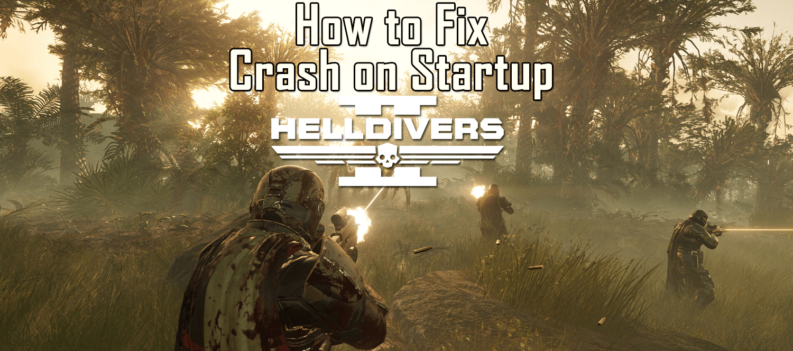Oakmont, Massachusetts; The Sinking City. Beckoned by eldritch visions, Private Investigator Charles Reed finds himself embroiled in the town’s politics, placing him at the heart of a twisted, Lovecraftian mystery. This ambitious, 1920’s supernatural thriller surpasses its technical shortcomings and clunky combat with superb storytelling and a rich world, brimming with deep lore, complex characters and tough moral quandaries.
Upon your arrival, Oakmont’s key players swiftly make themselves known. Johannes van de Berg, an enigmatic man with a LeVayen likeness, clad in tones of mustard and canary yellow, welcomes you before hurrying you on your way. Robert Throgmorton, philanthropist and patriarch of the influential Throgmorton family, an ape-featured clan that consider themselves genetically superior, is your next port of call. In seeking out his son, whom went missing with an expedition into the ocean’s depths, the first thread of this town’s tenebrous tapestry is pulled, instigating a seemingly inevitable series of events.
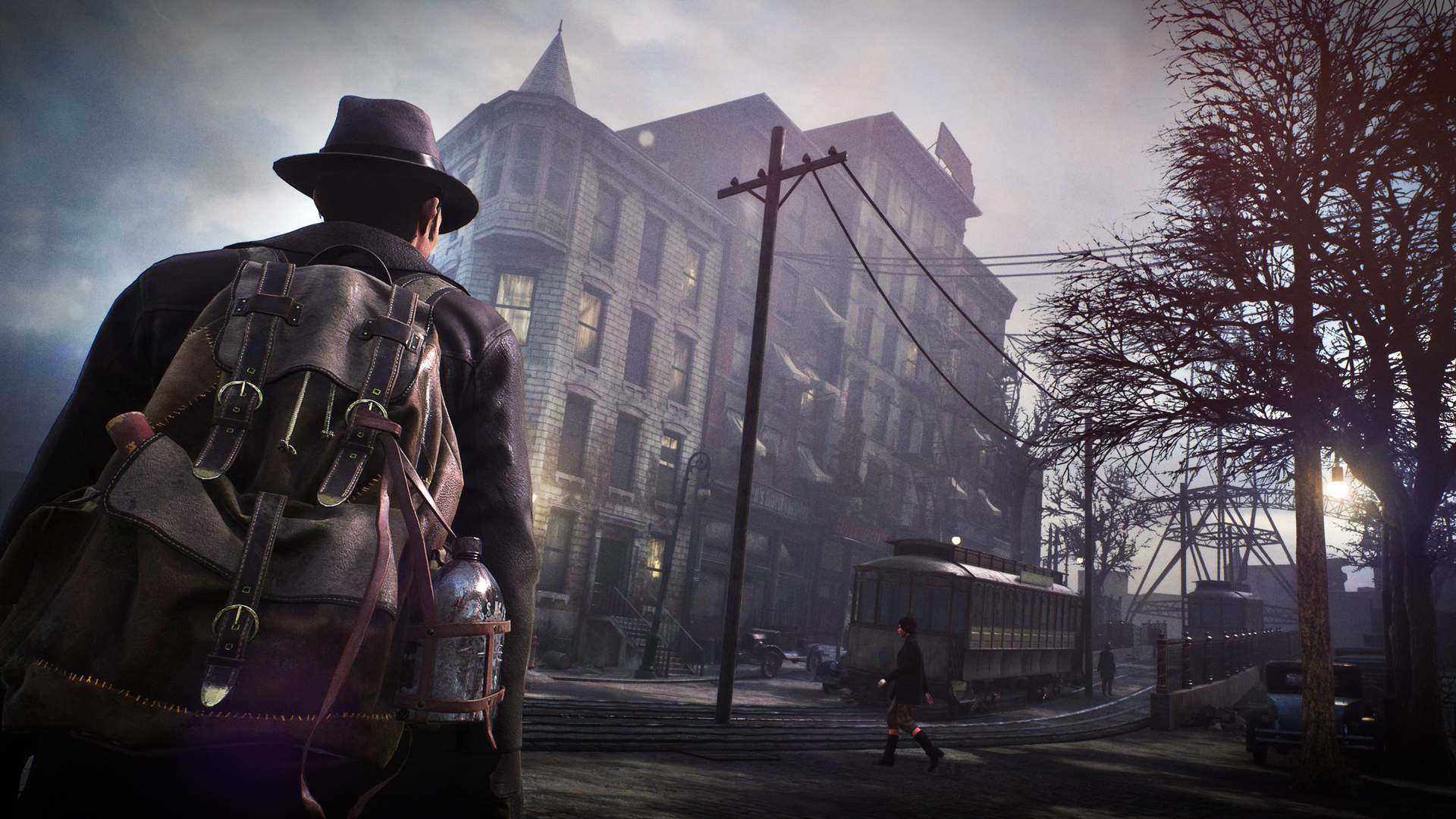
Oakmont’s citizens are a bizarre, colourful and often grotesque cast and their relation to one another and the town itself feel intrinsic and historied. Crime, corruption, and madness run rife. Fish-faced Innsmouthers bicker in an age-old feud with the Throgmortons while facing persecution from the Klu Klux Klan. Scientists and scholars study the profane is search of forbidden knowledge, while this same knowledge stands sacred to the town’s fanatical cults.
Quintessentially Lovecraftian themes of race, religion, forbidden knowledge, fate, and civilization’s downfall permeate every corner of The Sinking City’s world and every tale it tells. Little in the way of bold social commentary or criticism of the era’s prejudices is discussed or explored by Reed or Oakmont’s citizens, but rather these issues are presented to the player to consider and reflect upon. In its marriage of Lovecraftian lore and real-world history, the game does an excellent in crafting a complex, convincing world, rich with atmosphere, that generously draws from its influences whilst feeling all its own.
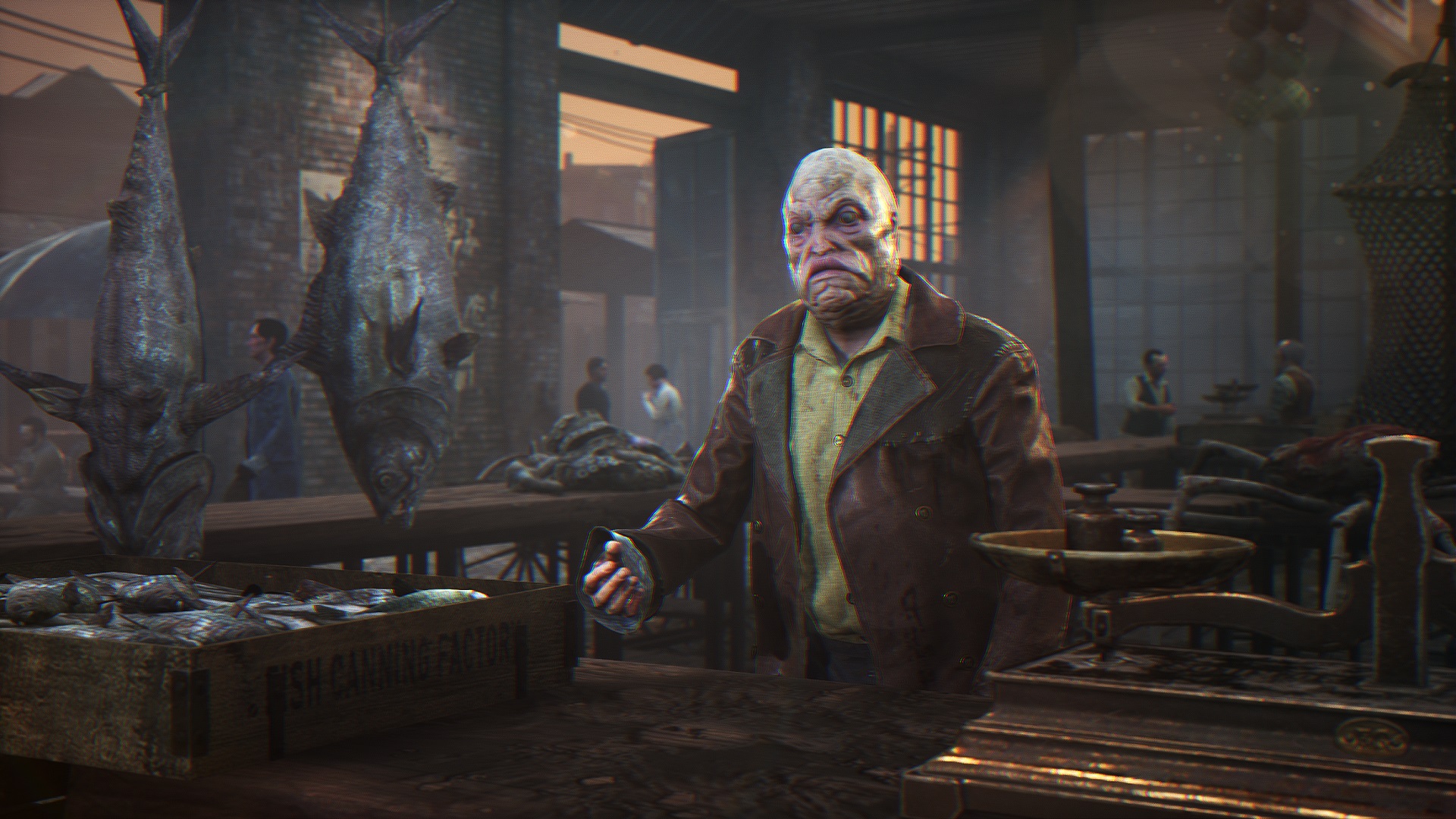
These characters and this world are brought to life with an uncanny art style which seems to border on realism. Innmouthers and Throgmortons are inherently unusual in appearance, like rejects from Dr. Moreau’s island, yet everyone has similarly odd, exaggerated features; gaunt faces, bulging eyes and an ungodly number of mutton chops adorn the town’s citizens, resulting in an inhabitants that are equally unsettling and goofy in their cartoonish appearance. Stellar voice acting and characterful writing imbue everyone you interact with a distinct personality, while Reed’s sarcastic deadpan keeps your experience grounded among the bedlam that surrounds you.
Split into seven districts, Oakmont is a sprawling but dense open world, half-submerged and strangely charming in its derelict beauty. While fast travel lessens the burden, travelling across the city can be arduous with the spaces between objectives feeling a little empty. Its labyrinthine structure of winding alleys and avenues can be difficult to navigate with the navigation bar alone; I often found myself switching back and forth between the map as I made my way across town by foot and boat, a process that would have been alleviated by the inclusion of a mini-map.
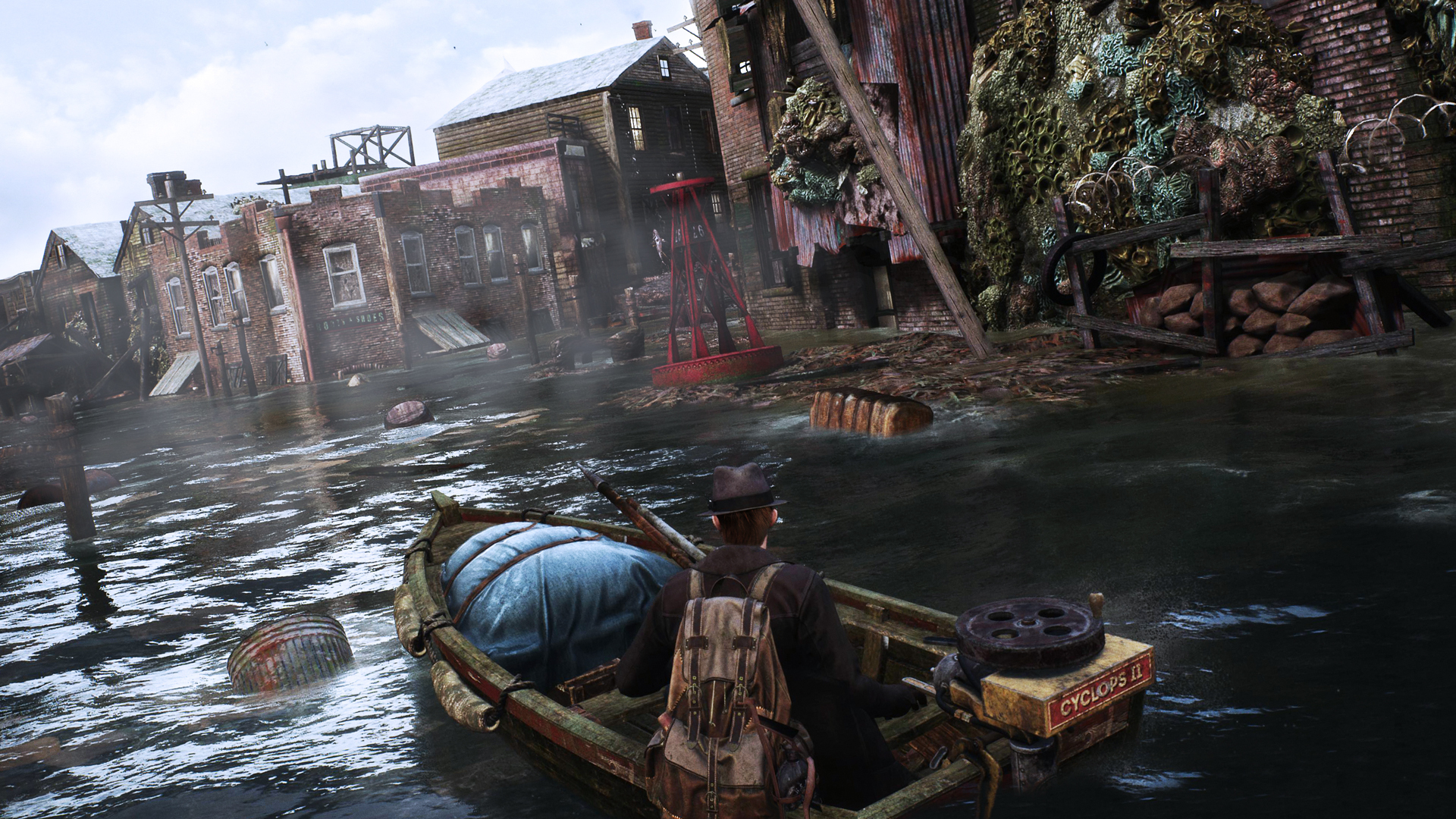
Like the city’s citizens, the Wylebeasts brought by the flood are equally malformed in their design. Multi-limbed monstrosities of flesh, the cursed unison of human and sea creature populate Oakmont’s dank basements and linger in infested zones. While well equipped with an arsenal of firearms to take on these beasts, alongside vastly more vulnerable human enemies, the game’s severely clunky combat makes each encounter a frustratingly clumsy affair.
A needless crafting system further hinders combat forcing you to go into a menu mid-fight to craft health and ammo. With limited resources, I often found myself trying to evade foes while scouring environments for supplies. With a better combat system, this would feel like a tense dance for survival, but rather, due to combat’s rigidity, skirmishes succumb to false difficulty as you pick off foes and sporadically die while reloading or attempt to evade without the ability to dodge or roll.
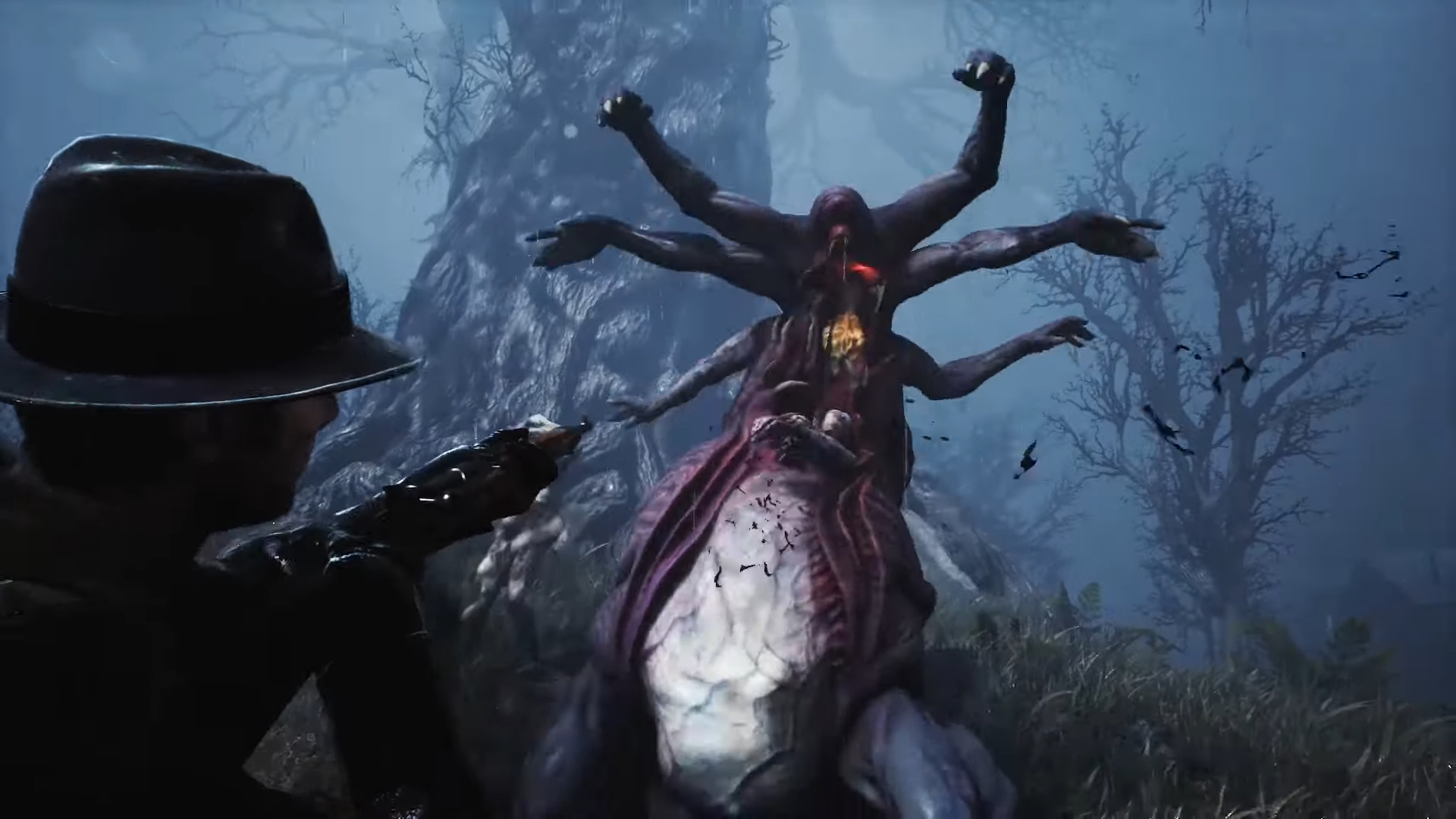
Thankfully, most of your time in Oakmont will involve investigating crime scenes, gathering evidence, questioning townsfolk and making tough decisions. Developer Frogware harnesses the experience gained from their long-running Sherlock Holmes series to great effect, with a comprehensive set of investigative mechanics that feel perfectly streamlined without sacrificing depth or complexity. Gathered evidence is added to your casebook while key clues are added to your mind palace; a thought-board which allows you to pair clues to make deductions. The validity of your deduction is rarely verified and thus each case is draped in a thrilling sense of ambiguity, relying on your own interpretation of events.
Your mind’s eye allows you a glimpse of the unseen, unveiling hidden areas, clues and omens which guide you to new evidence. However, witness too many horrors and your sanity will drain, contorting the world around you into something altogether more nightmarish. Once sufficient evidence has been accumulated at a given scene, Reed’s retrocognition ability allows him to reconstruct events, marking each step in order much like Ethan Carter’s sequential puzzles.
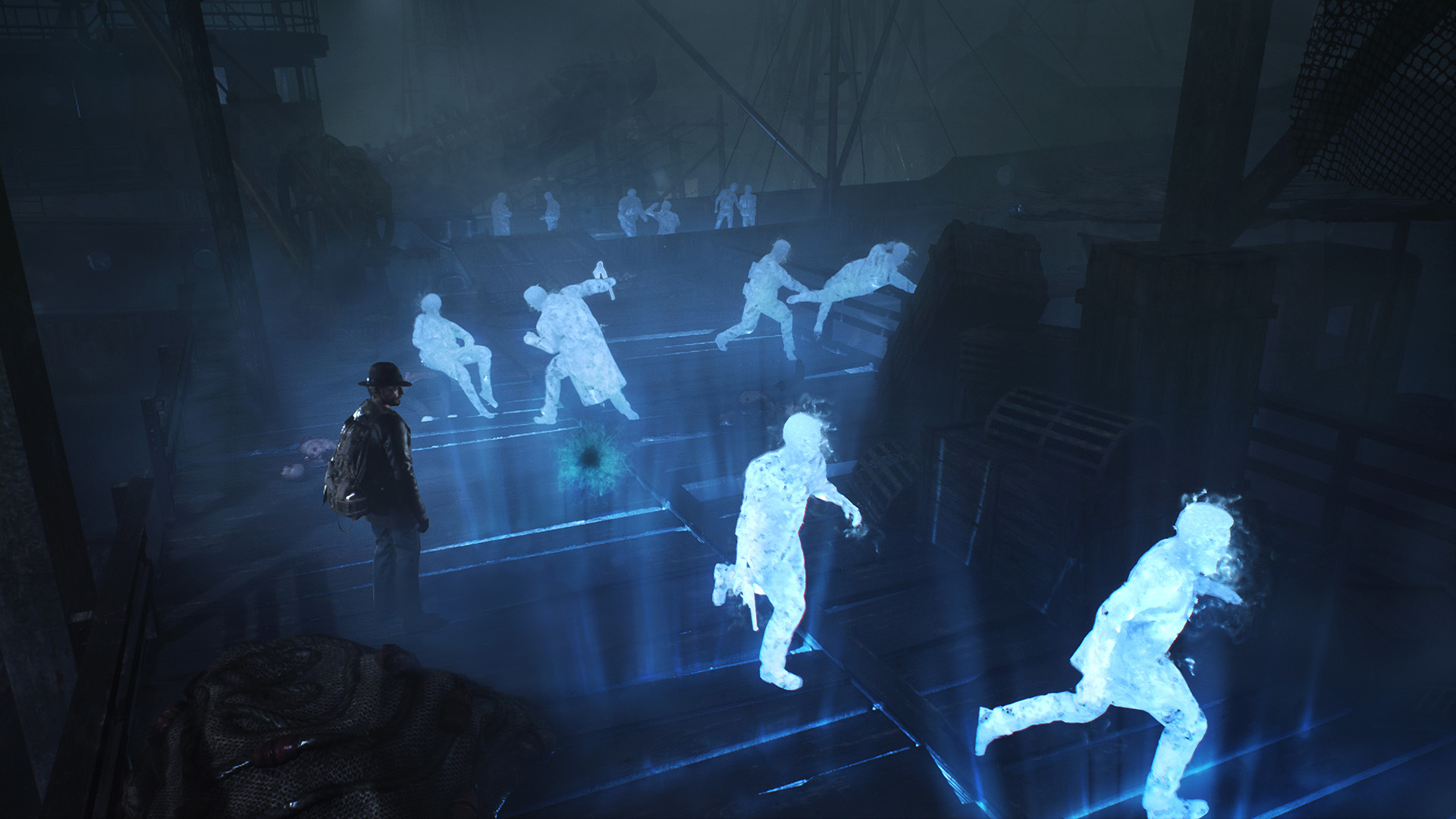
Some evidence requires you to visit the town archive, scour police records or search the local paper to gain a rough indication of where to go next, which can be narrowed down by searching your map for road names or landmarks. This lack of hand holding can at times be frustratingly vague, but ultimately works to empower the P.I. fantasy. Narrative choices, made through mind palace pairings or dialogue branches, shape each case’s outcome, making for a nuanced and immersive role-playing experience that rivals some of Bethesda’s best.
Beyond the game’s cumbersome combat, evidence of Frogware’s indie status is at times glaringly apparent in this ambitious project’s performance and design. Severe screentearing, pop-in, low-res textures and long loadtimes plague the experience. Underwater sections, in which you man an unwieldy old diving suit, feel awkward and do little to add to the experience beyond inducing thalassophobia. Additionally, a meagre three save slots make replaying cases difficult, and make attaining all of the game’s many trophies near impossible without a guide and thorough planning.
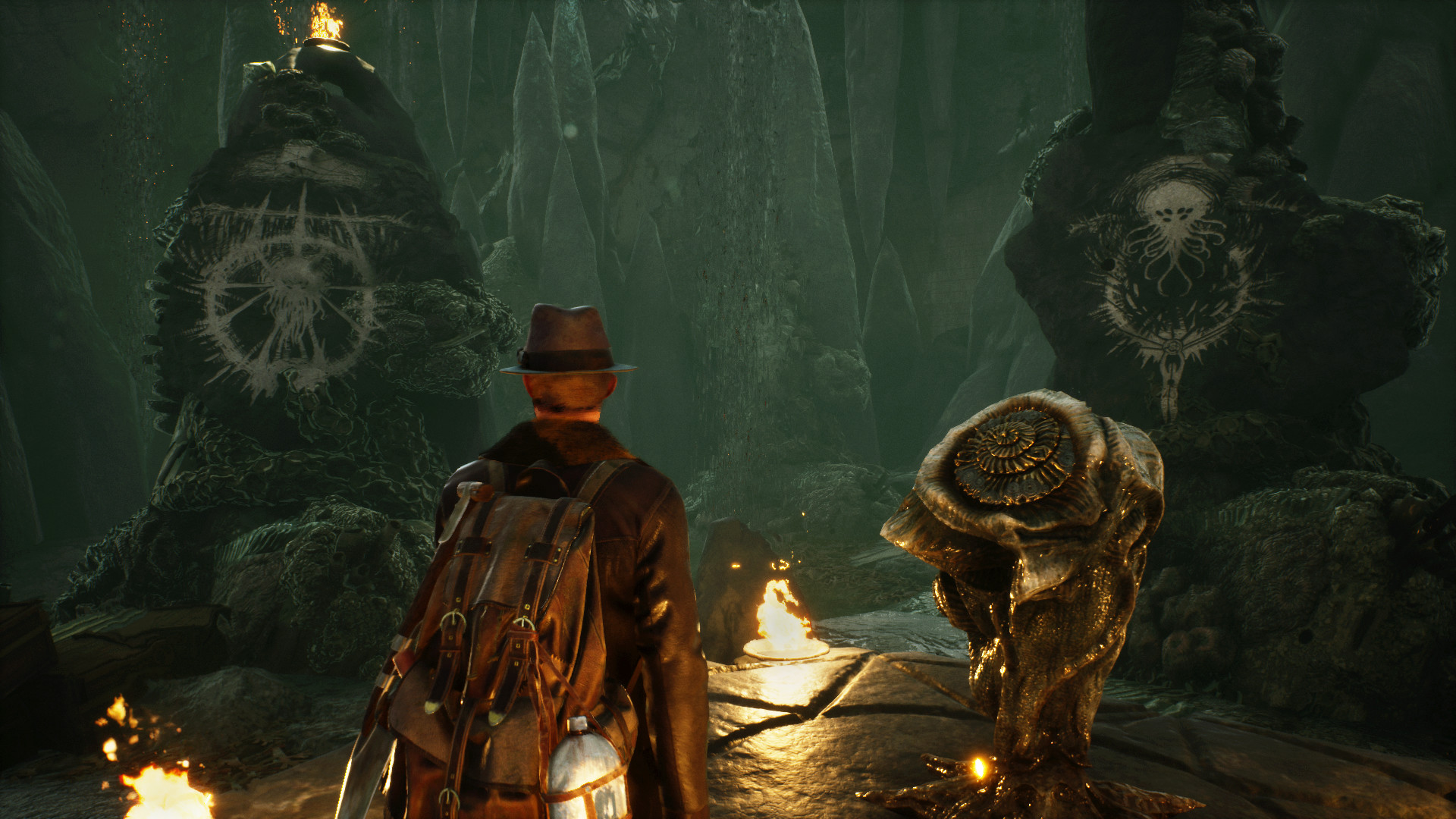
The Sinking City’s excellent storytelling, intelligent investigation mechanics, deep role-playing and rich lore coalesce in a tirelessly compelling mystery which kept me engrossed for the entirety of its 25 plus hours. In spite of its technical shortcomings and frankly terrible combat, Frogware’s foray into Lovecraftian horror is an impressive, enthralling and feverish descent into madness. With three endings, a wealth of side cases, multiple ways to tackle each situation and even unlockable outfits, I am already eager to delve back into The Sinking City’s depths.
The Sinking City PS4 Review
-
Overall - Fantastic - 8/108/10
Summary
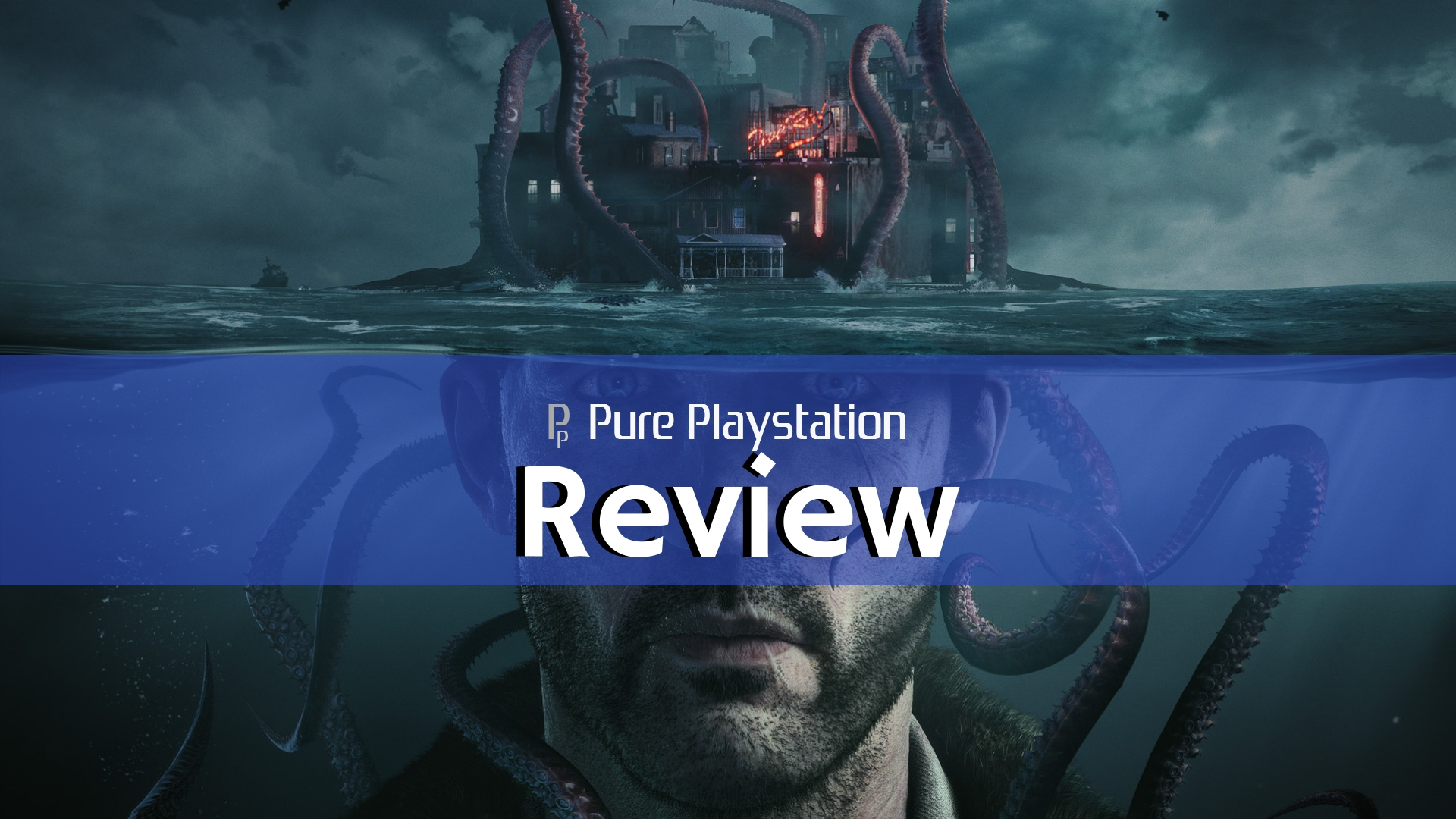
The Sinking City excels in telling a deeply engrossing and nuanced Lovecraftian mystery with inventive investigative mechanics and deep role-playing despite its clumsy combat and many technical issues.
Review Disclaimer: This review was carried out using a copy of the game provided by the publisher. For more information, please read our Review Policy.
Reviewed using PS4 Pro.




